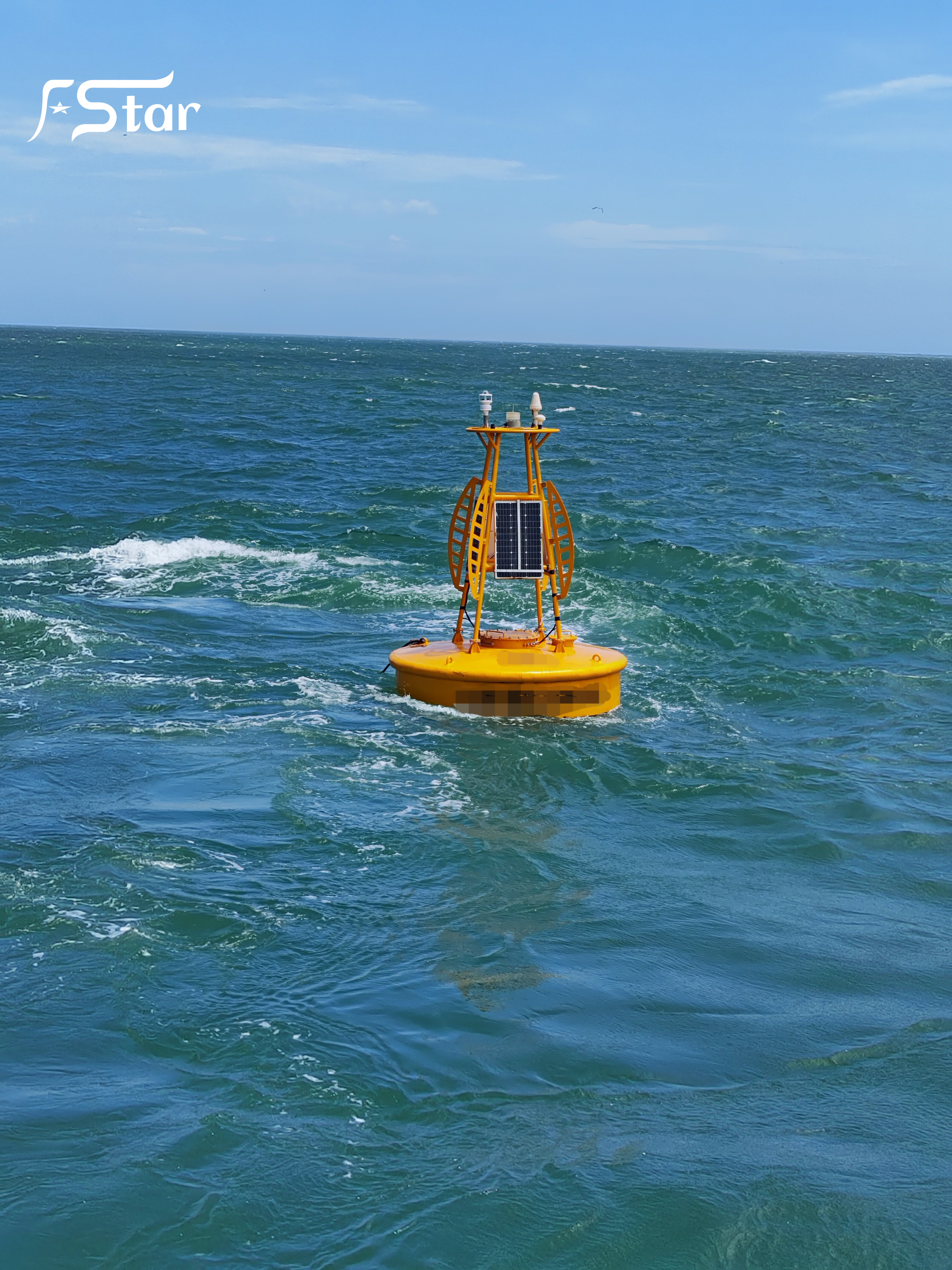

Riding the Digital Waves: The Significance of Wave Data Buoys II
Applications and Importance
Wave data buoys serve a multitude of critical purposes, contributing to various fields:
Maritime Safety: Accurate wave data aids in maritime navigation, ensuring the safe passage of ships and vessels. Timely information about wave conditions helps sailors make informed decisions, avoiding hazardous situations.
Coastal Management: Coastal regions benefit from wave data to assess potential erosion risks and design effective coastal protection measures. This information also supports beach nourishment projects and infrastructure planning.
Climate Research: Wave data contributes to a better understanding of the Earth’s climate system. The interaction between ocean waves and the atmosphere plays a vital role in regulating climate patterns.
Renewable Energy: Wave energy converters and offshore wind farms rely on wave data to design structures that can withstand varying wave conditions, optimizing energy production while ensuring infrastructure integrity.
Environmental Monitoring: Changes in wave patterns can be indicative of larger environmental shifts. Monitoring wave data helps track phenomena such as sea level rise and storm surges, aiding disaster preparedness and response efforts.
Challenges and Future Developments
While wave data buoys have proven invaluable, they face challenges such as maintenance in harsh marine environments, data accuracy, and communication reliability. Researchers and engineers continually work to improve these aspects by developing more robust materials, enhancing sensor technology, and refining communication systems.
In the future, advancements in artificial intelligence and machine learning could enable buoys to analyse data in real-time, providing more accurate predictions and insights. Additionally, the miniaturization of components and increased autonomy could lead to the deployment of swarms of smaller buoys for more comprehensive ocean monitoring.
Conclusion
Wave data buoys are unassuming heroes in oceanic exploration and management. By providing real-time insights into the behaviour of ocean waves, they contribute to safer navigation, informed decision-making, and a better understanding of our planet’s intricate systems. As technology advances, these unassuming devices will continue to play a significant role in shaping the way we interact with and manage our oceans
Do you have questions about this article?
Get in touch with Frankstar Technology Group PTE. LTD, and they would be happy to answer any questions you have about pricing, suitability, availability, specs, etc.







